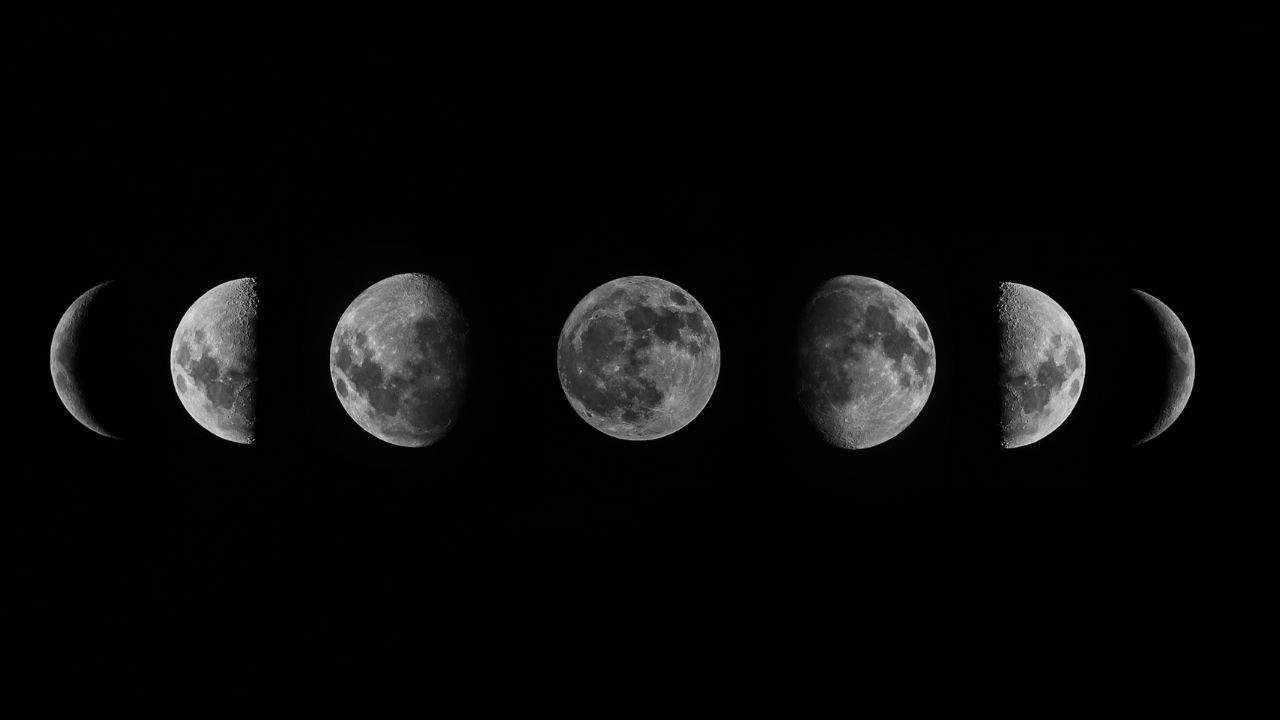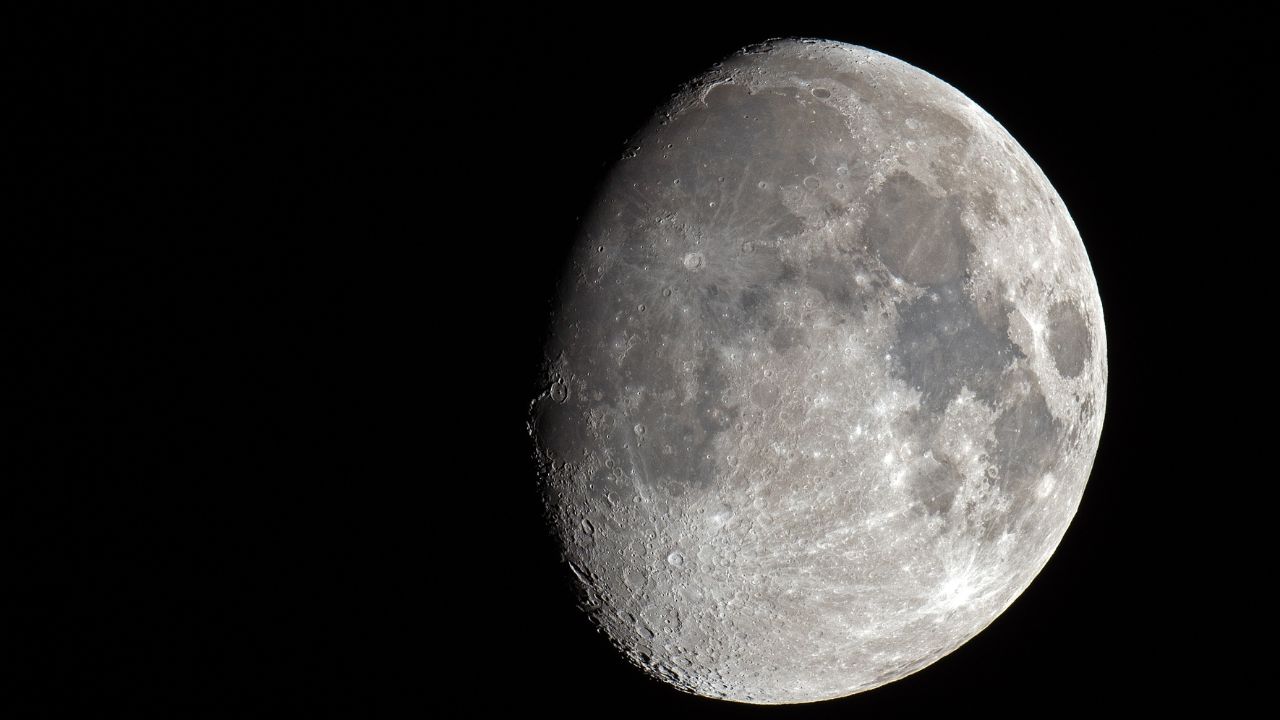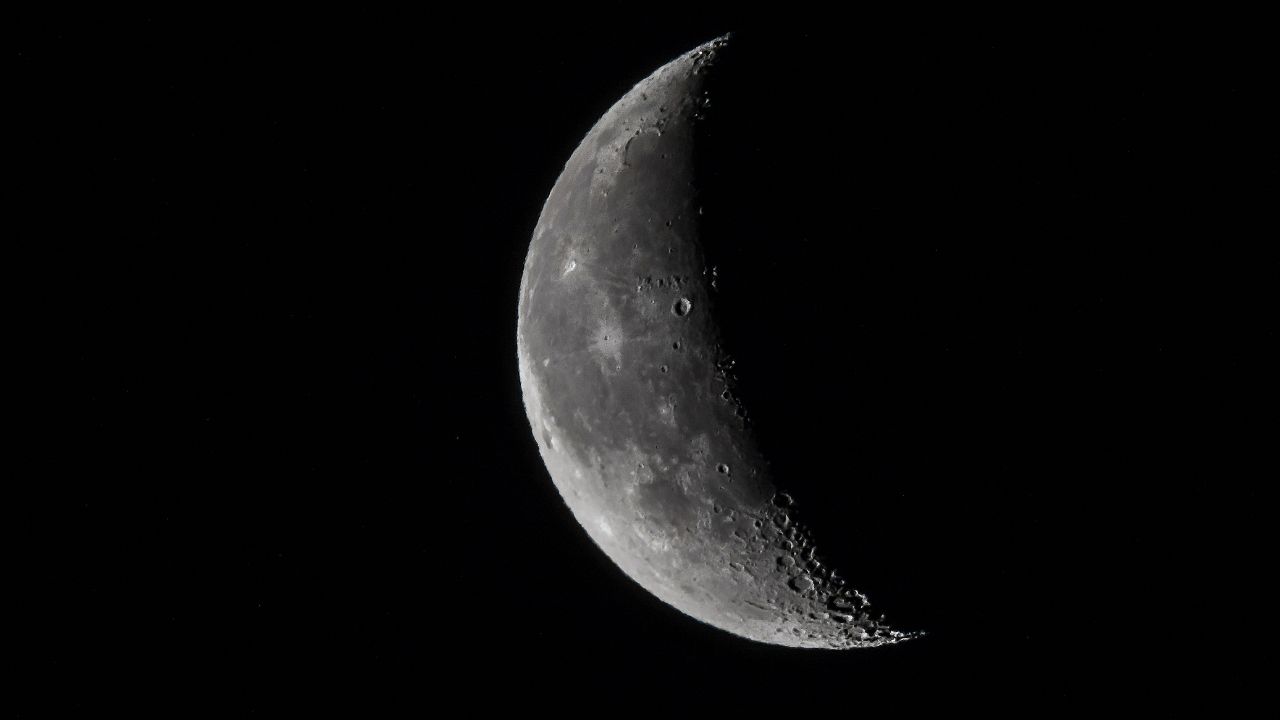
Have you ever looked up at the night sky and wondered why the Moon changes its shape? From a sliver of light to a luminous circle, the Moon's appearance is a constant dance. This celestial ballet, known as the lunar cycle, has captivated humanity for millennia, influencing everything from tides to ancient rituals.
Understanding the Moon phases isn't just for astronomers; it's a powerful tool for personal growth, intention setting, and connecting with the natural rhythms of the universe. Whether you're looking to manifest new beginnings, release old patterns, or simply deepen your connection to nature, the Moon's journey offers a roadmap.
In this beginner-friendly guide, we'll demystify each of the eight Moon phases, explaining what they mean both astronomically and spiritually, and how you can harness their unique energy in your daily life.
The Celestial Dance: Why the Moon Changes Shape
The Moon doesn't actually change its shape. What we see are different amounts of the Moon's sunlit surface as it orbits Earth. The Moon is always half-illuminated by the Sun, just like Earth. However, from our perspective, we only see a portion of that illuminated half.

The lunar cycle lasts approximately 29.5 days, a period known as a synodic month. As the Moon travels around Earth, its position relative to the Sun and Earth changes, causing us to see varying amounts of its sunlit side. This creates the eight distinct phases we observe.
Understanding Each Moon Phase: Meaning and How to Use It
Let's embark on a journey through the eight Moon phases, exploring their astronomical characteristics, spiritual significance, and practical applications.
1. New Moon: The Genesis of Intention
Astronomical View: The New Moon occurs when the Moon is directly between the Earth and the Sun. From Earth, the Moon appears completely dark, as its illuminated side is facing away from us. It marks the beginning of a new lunar cycle.
Spiritual Meaning: This phase is all about new beginnings, fresh starts, and planting seeds of intention. It's a time for quiet reflection, setting goals, and initiating new projects. The energy is inward, unseen, and pregnant with potential.
How to Use It:
- Set Intentions: Clearly define what you want to manifest in the coming cycle. Write down your goals, desires, and wishes.
- Journaling: Reflect on areas of your life where you desire change or growth.
- Meditation: Engage in quiet meditation to visualize your intentions coming to fruition.
- Clear Space: Declutter your physical and mental space to make room for the new.

2. Waxing Crescent Moon: Nurturing Your Seeds
Astronomical View: Shortly after the New Moon, a sliver of the Moon becomes visible. This crescent shape grows larger each night as the illuminated portion increases. "Waxing" means growing.
Spiritual Meaning: This phase is about nurturing your intentions. It's a time for taking the first small steps towards your goals, gathering resources, and building momentum. The energy is gentle, hopeful, and encouraging.
How to Use It:
- Action Planning: Break down your New Moon intentions into actionable steps.
- Research & Learning: Gather information and skills needed for your projects.
- Self-Care: Prioritize activities that nourish your mind, body, and spirit as you begin your journey.
- Affirmations: Use positive affirmations to reinforce your intentions.

3. First Quarter Moon: Taking Decisive Action
Astronomical View: At this phase, half of the Moon is illuminated, forming a clear "D" shape (in the Northern Hemisphere). It's called the First Quarter because it's one-quarter of the way through the lunar cycle.
Spiritual Meaning: This phase brings a burst of energy and often presents challenges or obstacles that require decisive action. It's a time to overcome hurdles, commit to your path, and push through resistance.
How to Use It:
- Problem-Solving: Address any challenges head-on. Don't shy away from difficult decisions.
- Commitment: Reaffirm your commitment to your goals.
- Bold Moves: Take a significant step forward, even if it feels uncomfortable.
- Boundary Setting: Establish boundaries that protect your energy and progress.

4. Waxing Gibbous Moon: Refining and Preparing
Astronomical View: More than half, but not all, of the Moon is illuminated. The illuminated portion continues to grow larger, approaching the Full Moon.
Spiritual Meaning: This phase is about refining, adjusting, and preparing for the culmination of the Full Moon. It's a time to assess progress, make necessary tweaks, and ensure you're on the right track. The energy is focused on fine-tuning and anticipation.
How to Use It:
- Review & Adjust: Evaluate what's working and what isn't with your plans. Make necessary adjustments.
- Seek Feedback: If appropriate, seek advice or feedback from others.
- Gratitude Practice: Practice gratitude for the progress you've made so far.
- Self-Care: Continue to nourish yourself, as the energy builds towards intensity.

5. Full Moon: Culmination and Illumination
Astronomical View: The Moon is on the opposite side of Earth from the Sun, so its entire sunlit side is visible, appearing as a bright, complete circle.
Spiritual Meaning: The Full Moon is a time of culmination, illumination, and heightened emotions. It's when your intentions set at the New Moon come to fruition, or when underlying issues come to light. It's powerful for celebration, release, and gratitude.
How to Use It:
- Celebrate Achievements: Acknowledge and celebrate your progress and manifestations.
- Release & Let Go: Identify what no longer serves you (habits, beliefs, relationships) and actively release them. Write them down and symbolically burn or discard the paper.
- Shadow Work: Explore your deeper emotions and subconscious patterns that may be surfacing.
- Full Moon Rituals: Engage in rituals like crystal charging, moon bathing, or gathering with loved ones to harness the potent energy.

6. Waning Gibbous Moon: Gratitude and Sharing
Astronomical View: The illuminated portion of the Moon begins to shrink, though still more than half is visible. "Waning" means shrinking. The visible light is on the left side (in the Northern Hemisphere).
Spiritual Meaning: This phase is about gratitude, reflection, and sharing your insights or wisdom gained from the Full Moon's culmination. It's a time to integrate lessons learned and give back. The energy is outward, sharing, and reflective.
How to Use It:
- Express Gratitude: Reflect on all you've received and feel thankful.
- Share Knowledge: If appropriate, share your experiences or insights with others.
- Give Back: Engage in acts of service or charity.
- Gentle Reflection: Begin the process of internalizing lessons learned.

7. Last Quarter Moon (or Third Quarter): Releasing and Forgiving
Astronomical View: Half of the Moon is illuminated again, but this time it's the opposite half from the First Quarter (forming a clear "C" shape in the Northern Hemisphere). It signifies three-quarters of the way through the lunar cycle.
Spiritual Meaning: This phase is powerful for release, forgiveness, and cutting ties with anything that drains your energy. It's a time to confront what needs to be let go before the next New Moon. The energy is about purification and shedding.
How to Use It:
- Release Rituals: Write down what you need to release (resentments, limiting beliefs, old habits) and then symbolically destroy or release the paper.
- Forgiveness: Practice self-forgiveness and forgive others.
- Decluttering: Physically and emotionally declutter your life.
- Energy Clearing: Use smudging, salt baths, or other practices to cleanse your energetic field.

8. Waning Crescent Moon (or Balsamic Moon): Rest and Rejuvenation
Astronomical View: Only a thin sliver of the Moon remains visible, shrinking daily until it disappears again at the New Moon.
Spiritual Meaning: This final phase is a time for deep rest, contemplation, and surrender. It's about letting go completely, healing, and preparing for the next cycle. The energy is quiet, reflective, and restorative.
How to Use It:
- Rest & Recharge: Prioritize sleep and gentle activities.
- Introspection: Reflect on the past cycle – what worked, what didn't, what lessons were learned.
- Surrender: Let go of control and trust in the natural flow of life.
- Prepare for New Moon: Begin to feel into new desires and intentions without actively planning yet.

Connecting with the Moon's Rhythm
Tracking the Moon phases can be a profound way to connect with your inner self and the natural world. Here are some simple ways to start:
- Moon Calendar/Journal: Use a moon calendar or create your own moon journal to track the phases and note your moods, energy levels, and progress on your intentions.
- Observe the Sky: Make it a habit to look up at the Moon each night (weather permitting) to observe its current phase.
- Set Intentions: Consciously align your intentions and actions with the energy of each phase.
- Mindful Living: Practice mindfulness around each phase – for example, during a Full Moon, be aware of heightened emotions; during a New Moon, practice quiet contemplation.
By understanding and working with the Moon's rhythmic dance, you can tap into ancient wisdom and unlock new levels of personal insight, growth, and manifestation. Start your lunar journey today and discover the magic within each phase!